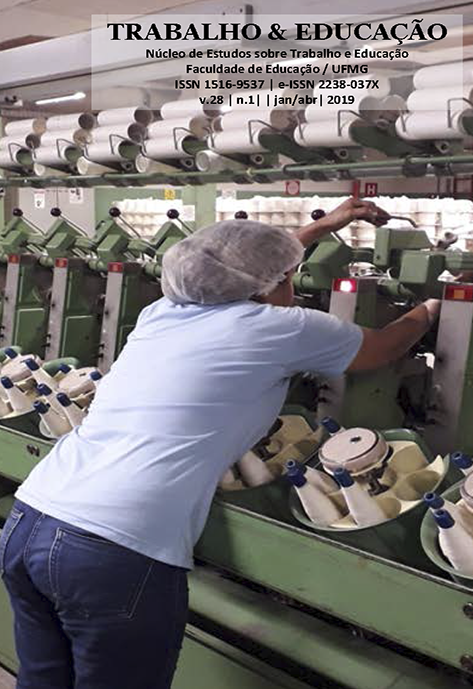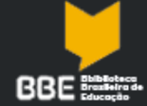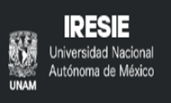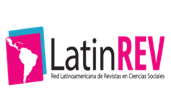Technologies and Distance Education in Higher Education
use of active methodologies in an undergraduate course
DOI:
https://doi.org/10.35699/2238-037X.2019.9871Keywords:
Flipped clasroom, Project based learning, Media StudiesAbstract
Digital information and communication technologies have contributed enormously to the development, reformulation and dissemination of Distance Education. Through these technologies it has been possible to establish different approaches to distance education and, more recently, with the feasibility of mobile wireless technologies, distance education activities have contributed to the implementation of active teaching and learning methodologies. The objective of the article is to discuss how technologies and distance education resources helped in the development of active methodologies, and how these methodologies were used in the discipline CS106 - Methods and Techniques of Research and Development of Products in Media Studies, given in the period of 2007 to 2016, as part of the course of Social Communication – Media Studies. The documentary method was used for the study of the activities carried out in the course based on records of students' work in the virtual learning environment. The results show that the active methodologies used were project-based learning and flipped classroom, and the production of the students, as well as their performance, can be considered of good quality. Also, attrition and failure in the course were practically non-existent.
Downloads
References
ALMEIDA, M. E. B.; VALENTE, J. A. Tecnologias e Currículo: trajetórias convergentes ou divergentes? São Paulo: Paulus, 2011.
BACICH, L.; MORAN, J. M. (Org.) Metodologias Ativas para uma Educação Inovadora: Uma Abordagem Teórico-Prática. Porto Alegre: Penso, 2018.
BACICH, L.; TANZI NETO, A.; TREVISANI, F. M. (Org.). Ensino híbrido: personalização e tecnologia na educação. Porto Alegre: Penso, 2015.
BERBEL, N. A. N. As metodologias ativas e a promoção da autonomia de estudantes. Semina: Ciências Sociais e Humanas, Londrina, v. 32, n. 1, p. 25-40, jan./jun. 2011.
BRASIL Secretaria de Educação Fundamental. Parâmetros Curriculares Nacionais (PCN). Brasília: MEC/SEF, 1997.
CHRISTENSEN, C.; HORN, M.; STAKER, H. Ensino Híbrido: uma Inovação Disruptiva? Uma introdução à teoria dos híbridos. Maio de 2013. Disponível em: <https://s3.amazonaws.com- /porvir/wp-content/uploads/2014/08/PT_Is-K-12-blended-learning-disruptive-Final.pdf>. Acesso em: 01 jul. 2018
DEWEY, J. (1916). Democracy and Education. Cópia revisada, 1944. New York: The Free Press, 1944.
DEWEY, J. Como pensamos - como se relaciona o pensamento reflexivo com o processo educativo: uma reexposição. São Paulo: Editora Nacional, 1979.
FLIPPED CLASSROOM FIELD GUIDE. The Flipped Classroom Field Guide. Disponível em: <https://tlc.uic.edu/files/2016/02/Flipped-Classroom-Field-Guide.pdf>. Acesso em: 05 jul. 2018.
FLIPPED LEARNING NETWORK. Portal Flipped Learning Network. Disponível em: <https://flippedlearning.org>. Acesso em: 05 jul. 2018.
FREIRE, P. Pedagogia do Oprimido. Rio de Janeiro: Paz e Terra, 1970.
HARASIM, L.; HILTZ, S. R.; TELES, L.; TUROFF, M. Learning Networks: a field guide to teaching and learning online. Cambridge: MIT Press, 1995.
HERNÁNDEZ, F. Transgressão e mudança na Educação: Os projetos de trabalho. Porto Alegre: Artes Médicas, 1998.
HERNÁNDEZ, F.; VENTURA, M. A organização do currículo por projetos de trabalho. Porto Alegre: Artes Médicas, 1998.
LÉVY, P. A inteligência coletiva: por uma antropologia do ciberespaço. 3. ed. São Paulo: Loyola, 1994.
PIAGET, J. Fazer e compreender. São Paulo: Edições Melhoramentos e Editora da Universidade de São Paulo, 1978.
STAKER, H.; HORN, M. B. Classifying K–12 blended learning. Mountain View, CA: Innosight Institute, Inc. 2012. Disponível em: <https://www.christenseninstitute.org/wpcontent- /uploads/2013/04/Classifying-K-12-blended-learning.pdf>. Acesso em: 15 jul. 2018.
TRABALHOS DE DISCIPLINAS Trabalhos de disciplinas. 2016. Disponível em: <http://www.iar.unicamp.br/graduacao-em-midialogia/trabalhos-de-disciplinas>. Acesso em: 05 jul. 2018.
VALENTE, J. A. Formação de professores: Diferentes abordagens pedagógicas. In: VALENTE, J. A. (Org.) Computadores na sociedade do conhecimento. Campinas, SP: UNICAMP/NIED, 1999, p. 131-156.
VALENTE, J. A. A Espiral da Espiral de Aprendizagem: o processo de compreensão do papel das tecnologias de informação e comunicação na educação. 2005. Tese (Livre Docência) Departamento de Multimeios, Mídia e Comunicação, Instituto de Artes (IA), Universidade Estadual de Campinas (UNICAMP). Disponível em: <http://www.bibliotecadigital.unicamp.br-/document/?code=000857072&opt=4>. Acesso em: 15 jul. 2018.
VALENTE, J. A. Blended Learning e as Mudanças no Ensino Superior: a proposta da sala de aula invertida. Educar em Revista (Impresso), v. Especial, p. 79-97, 2014.













